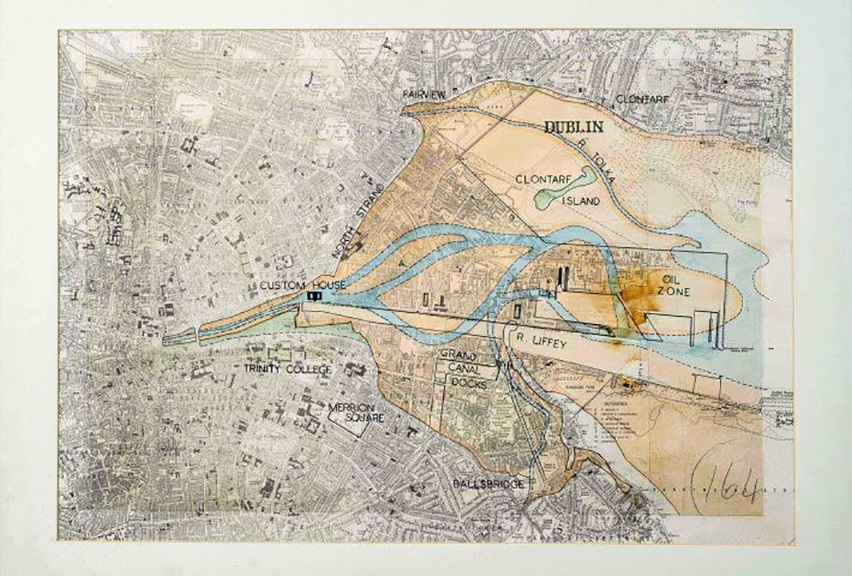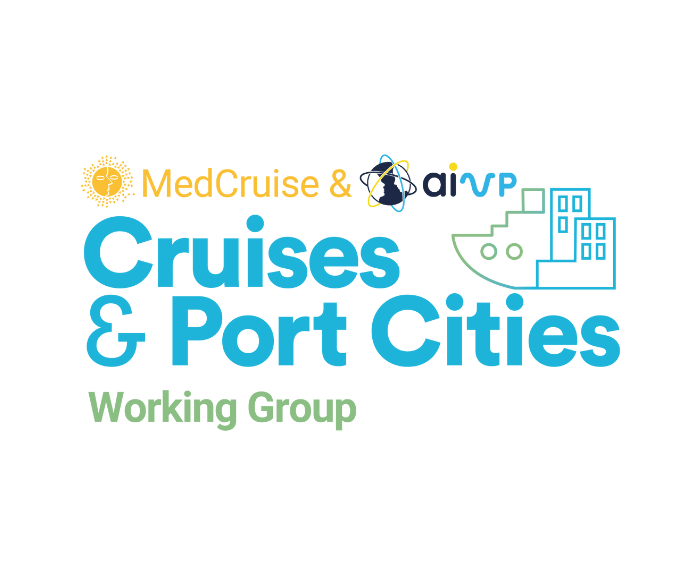Port Archives remain a relatively unknown institution when compared to the visibility that maritime or port museums may have. They are often regarded as resource for researchers, but can also play an important role in the port-city-citizen relationship. Lar Joye, Port Heritage Director of Dublin Port Company explains in this article the different initiatives the port is taking forward to open up the archives, making them accessible for everybody and exploring their vast collection of documents and images.
 Three years ago, I joined Dublin Port Company (DPC) as Port Heritage Director, having spent the previous 20 years working in Archives and Museums in Dublin as a Curator and Archivist. One of the key roles of this new position was to look after the Port’s 300-year-old archive which the company is legally obliged to do under the 1996 Irish Harbours Act which requires Irish Ports to provide the “proper management, custody, care and conservation of its or their records and archives”.
Three years ago, I joined Dublin Port Company (DPC) as Port Heritage Director, having spent the previous 20 years working in Archives and Museums in Dublin as a Curator and Archivist. One of the key roles of this new position was to look after the Port’s 300-year-old archive which the company is legally obliged to do under the 1996 Irish Harbours Act which requires Irish Ports to provide the “proper management, custody, care and conservation of its or their records and archives”.
As I delved into the Archive, what I found was that a wonderful group of retired port staff like Niall Dardis had helped preserve what is a nationally important archive collection. Without the help of staff like this looking after their company’s heritage we would not have a collection that tells the story of the Port and Dublin City since 1700. Like many Ports in Europe, DPC has been called different names over 300 years which can be confusing and I still meet visitors of different ages who insist on calling us the Ballast Board, a term dating from 1707 or Dublin Port and Docks Board, a term dating from 1867.
While Museums and Libraries have developed buildings and exhibitions for visitors, Archives are normally focused on the needs of professional researchers and family enquiries. In many ways, museums and libraries are cherished by their cities while archives are seen as important and worthy resource. What is interesting about Dublin Port Archive is that contains a mainly visual collection as well as the files and documents that you associate with a large bureaucracy. The visual collection consists of:
• 100 Charts and maps from 1717 to 1820.
• 78,000 photographs from 1861 to 2017.
• 30,000 Engineers Drawings.
What this visual collection helps explain to us, is how the Port helped design and build the modern Dublin City. The Port has been responsible for building all the bridges and quay walls along the river from 1707 to 1977 up to the high-water mark. As can been in seen in the map in Figure 1 the shape of the modern city has been a battle between the City, the Liffey River and Dublin Bay.
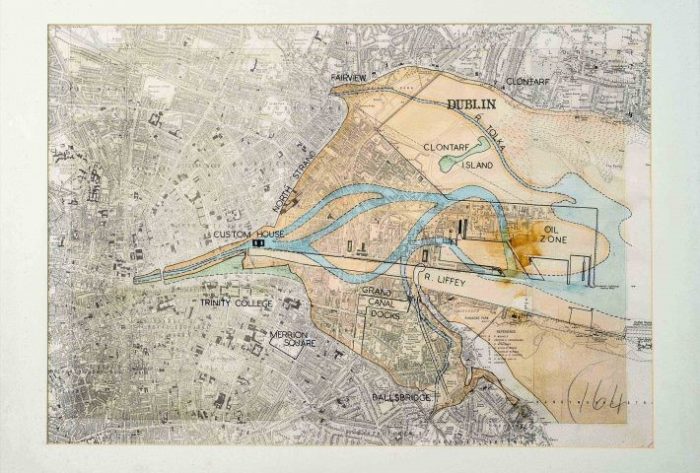
The Port has tamed the river though quay walls and the bay by the building of 2 sea walls, the South and North Bull Walls. The South Bull Wall took over sixty years to build and when finished in 1795 was the longest sea wall in the world at 5km. The North Bull Wall followed 25 years later and both walls today protect Dublin from the Irish sea while keeping the ports fairway open through the scouring effect of the Liffey river. Therefore, the modern Port is still relying on clever 18th Century engineering to remain open.
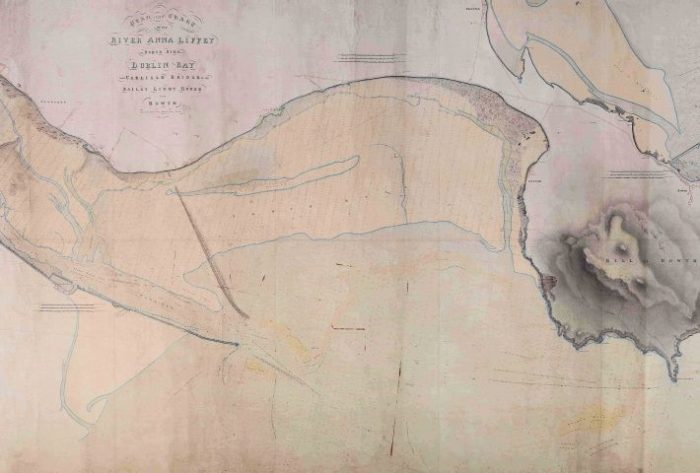
Historical Collections in European Port Archives will provide in incredible detail the role of the engineers, harbour masters and board members but they are also sources for the details of the working lives of the dockers and staff who keep the ports up and running. The Personal files in Dublin Port Archive detail their lives as well as the job descriptions of the scavenger, the scraper, the holder-upper and the lamp man which will sound unusual to a 21st Century visitor. Among the 3,000 35mm slides from 1955 to 1965 we see a busy port reliant on large numbers of dockers, an era that has now disappeared with containerisation. So, Port Archives show us the dramatic economic and social changes that have occurred in Port cities in the last 50 years. To add to the physical archive collections, we have started to record the memories of our retired and current staff as part of the Dublin Memory and Story Project. Furthermore we have a very active website where we place regular updates to show the vastness of the collection. This is backed up with an Archive outreach programme where we engage with the local communities through exhibitions, lectures and tours. This year we have partnered with the Little Museum of Dublin on Dublin Port Short film and with Fishamble Theatre company on the historical play about the Port in 1920 called “Embargo”.
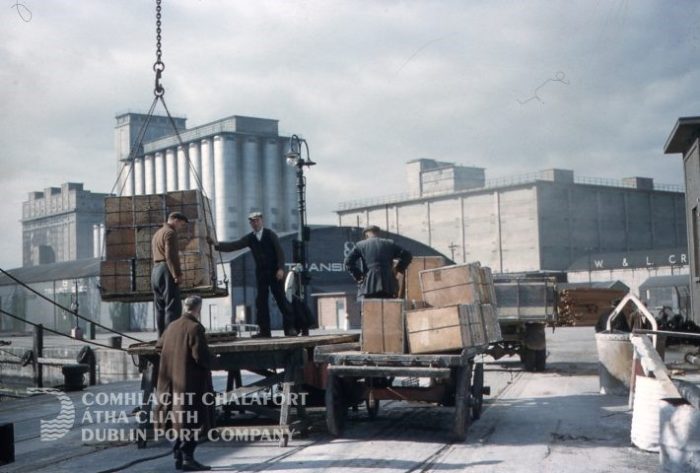
The 30,000 engineering drawings dating from 1790’s show in detail every part of the expansion of Dublin Port, often in incredible colour as the engineering office then had a large staff of draftsmen. Naturally, Dublin Port had famous port engineers who helped in this expansion, such as George Halpin (1779-1854) and Bindon Blood Stoney (1828-1909).
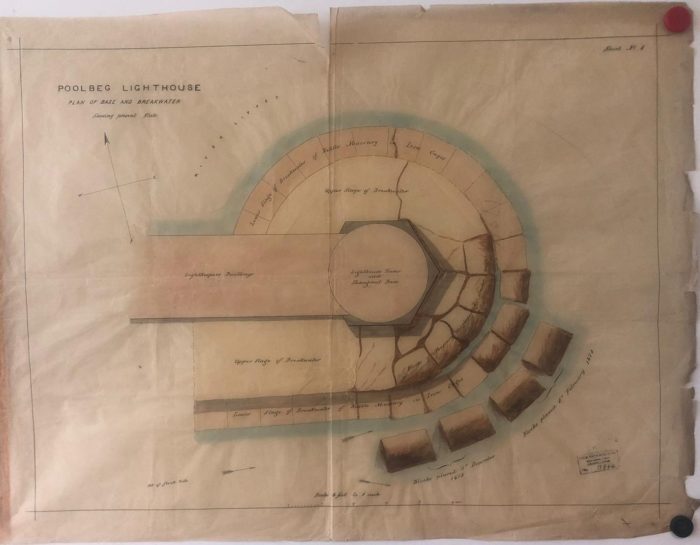
In conclusion, what we have found from the Dublin Port Archive is that it is an essential resource for our future projects in the Port. Since 2012 the Dublin Port Company has been involved in very ambitious program of redevelopment. Central to that redevelopment is the idea of Port City Integration and using its 300-year-old archive to tell the story of the Port. In 2018 we tendered for a Masterplan for the Flour Mill, an area within the Port consisting of a historical flour mill and silo buildings over 1.37 hectares which will become central to the future heritage plans for the Port, including a link to a 4.2 greenway along the northern edge of the Port. In May 2019 the internationally famous Grafton Architects were awarded the contract for the Masterplan and their plan will create an area for the Port to house its nationally important Archive, a Port museum, theatre, studios for artists and community rooms but also a must-see destination in the heart of this Port City. As we develop these and other projects, the Port Archive Collections will be an indispensable resource for us as it helps us develop and explain our port city culture.
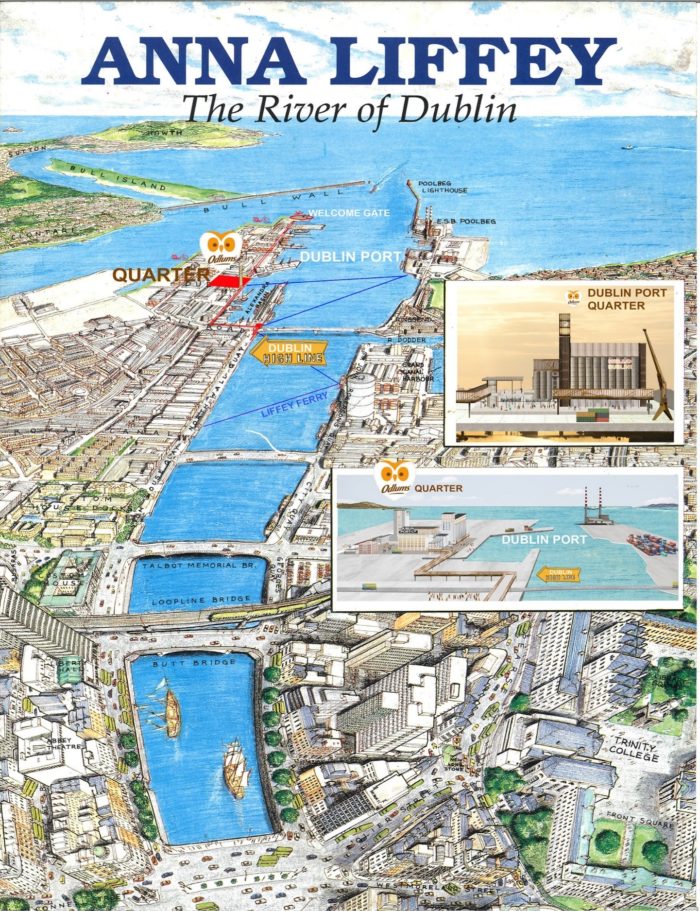
Sources :
• A History of Port of Dublin, (Dublin, 1988), Henry A. Gilligan
• https://dublinportarchive.com/
• https://www.littlemuseum.ie/the-chancers-guide-to-dublin
• https://www.fishamble.com/embargo.html
• https://www.dublinport.ie/wp-content/uploads/2020/03/Dublin-Port-Yearbook-2020.pdf
• https://www.dublinport.ie/wp-content/uploads/2020/01/Dublin-Port-Yearbook-2019-for-issuu-website.pdf
• https://www.dublinport.ie/wp-content/uploads/2018/05/2018-Dublin-Port-Yearbook.pdf
• https://www.irishtimes.com/culture/art-and-design/visual-art/photographs-reveal-old-dublin-dockers-and-a-duchess-full-of-apples-1.4171509
• https://www.irishtimes.com/opinion/an-irishman-s-diary-about-the-new-life-of-the-dublin-port-diving-bell-1.2339435

